
Liquid Membrane
These liquid applied systems feature coatings have elongation properties, durability, flexibility, abrasion, chemical resistance providing successful installation. The liquid waterproofing membrane provides optimized performance and also most importantly longevity. Thus this method of waterproofing is time saving process and also no need to shut down the other works as if applied in morning gets dry and strong till afternoon. It saves a lot of labor cost, and gives maximum quality results. While sheets and other membranes degrade over time, liquid applied waterproofing provides a long lasting effects. When applied over concrete surface it fills the cracks of the concrete creating a protective vapor barrier system, penetrates in concrete up to a depth of 20 mm and maintains a water-tight seal, thus increasing the strength of concrete.
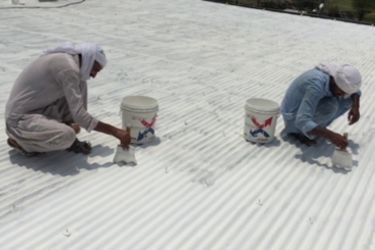
Profile Shed Waterproofing
How to waterproof a shed. To get the best results, waterproofing needs to be considered as early as the construction stage of a shed. Several steps can be taken to ensure your shed stays dry and protected. Start with the base. A shed with issues in the base is usually easy to spot as the floor will be damp and beginning to rot.
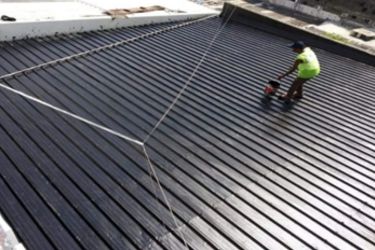
Asbestos Sheet Waterproofing
Asbestos cement sheet is weatherproof, durable, corrosion-resist, heat insulating. Three types of asbestos cement products at stock – flat sheet, corrugated sheet and coated corrugated sheet. Our waterproof paint for asbestos garage roofs is easily applied by brush or high-pressure spray.
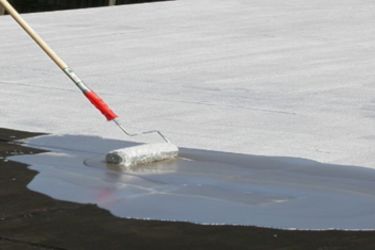
Waterproofing Coating Acraylic
Acrylic waterproofing is an impervious layer that consists of compounds such as acrylic polymer, water, fillers, pigments, additives, and preservations. The acrylic waterproof coating is applied on the building components to prevent water penetration.
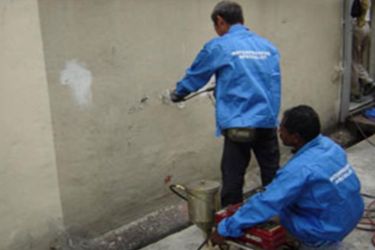
Injection Grouting
Injection grouting is a process of filling the cracks, open joints, voids, or honeycombs, in concrete or masonry structural members, under pressure with a material that cures in place to produce the desired results like strengthening a structure and prevent water movement.
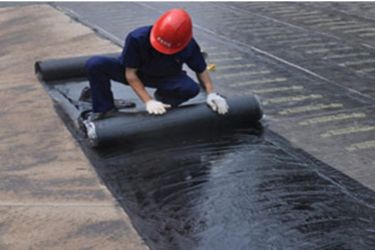
App Membrane Waterproofing
A waterproofing membrane is a water-tight layer of material that is put to a surface to keep water out and prevent damage. The most popular types of waterproofing membranes are liquid applied or pre-formed sheet membranes.

Polyurea Based Spray Waterproofing
Polyurea waterproofing is a sophisticated protective treatment which uses an elastomer called polyurea. This substance, once applied, forms a seamless, dense membrane on surfaces to prevent water infiltration. Polyurea waterproofing significantly enhances the longevity and stability of structures.
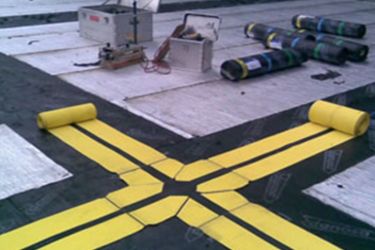
Building Expansion Joint Waterproofing
Due to the nature of concrete and reinforced concrete, structures are built divided into sections by forming joints, namely three types – construction joints, movement joints and connection joints. The key function of joint sealing is to minimize water ingress and create a secure waterproofing barrier. The seal must be capable of accommodating the anticipated joint opening and closing due to static reasons or temperature changes. Joint sealing solutions are recommended for use in all kinds of construction and joints for waterproofing.
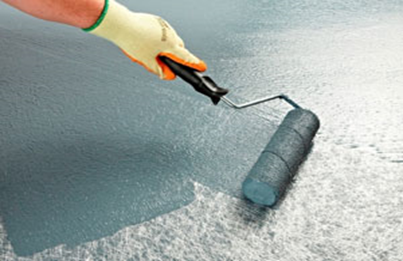
Crystalline Waterproofing
Concrete being a heterogeneous material is susceptible to damage due to water infiltration, moisture presence, chloride diffusion and acid. The water and moisture penetrates through concrete pores, capillaries and micro-cracks in the concrete. This can cause rapid structure deterioration that will lead to expensive repairs. Crystalline waterproofing prevents the ingress of water, blocks the pore and micro-cracks by making the entire concrete structure water-resistant from the inside.
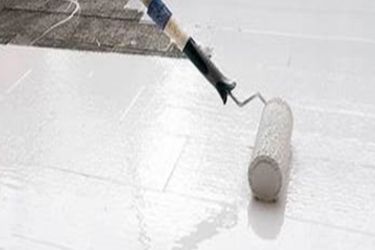
PU Waterproofing
where there are prohibitive solvent odours. It’s a cold-liquid waterproofing solution with large solids that produces a smooth finish that is impermeable soon after application. Satiates polyurathene waterproofing coating has been a leading supplier of high performance polyurethane and polyurathene coatings.
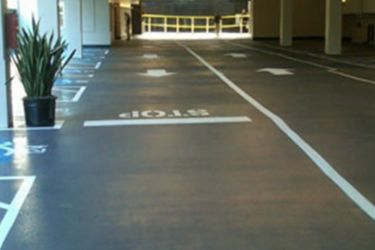
Elastomeric Waterproofing
How elastomeric waterproofing materials, such as thermoplastic elastomers, can provide flexibility, durability, and resistance to cracks, damage, and elongation. Compare elastomeric waterproofing with other types of liquid waterproofing solutions and find out why it is ideal for horizontal deck applications.
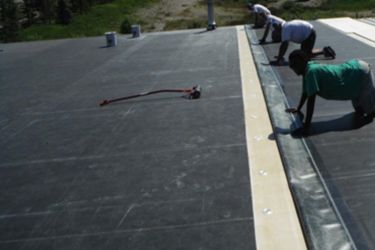
EPDM Membrane Waterproofing
EPDM waterproofing membranes are water-resistant, UV resistant, flexible, and durable, high thickness, and breathable. EPDM waterproofing membranes can be used to waterproof basements, roofs, foundations, and decks.

PVC Waterproofing Membrane
PVC membrane is a modern and reliable material for waterproofing roofs, foundations and other structures. Find out its advantages, specifications, types and installation technology with examples.

Water replant coating
Hydrophobic or water repellent coating is a nanoscopic layer on surface that repels water. Surface coated with this type of coating remains relatively unaffected by water or resisting the ingress of water under specified conditions.
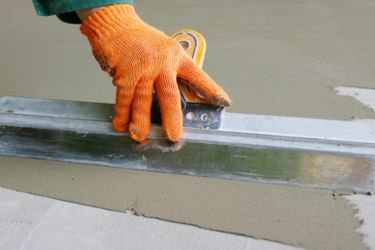
Cementitious Coatings
Polymer modified cementitious waterproofing coating is a type of coating that is used to protect concrete and masonry surfaces from water damage. It is a mixture of cement, sand, and polymer additives that make it more flexible and resistant to cracking than traditional cement-based coatings. The polymer additives also enhance the coating’s ability.

Sealents & Grouts
A grout sealer is a liquid chemical that uses water as a carrier of “solids”. These solids are the thing that prevents water entering tile grout. The idea is that the water enters the grout and evaporates, while the solids remain, create a barrier and protect the grout.
